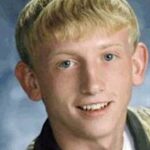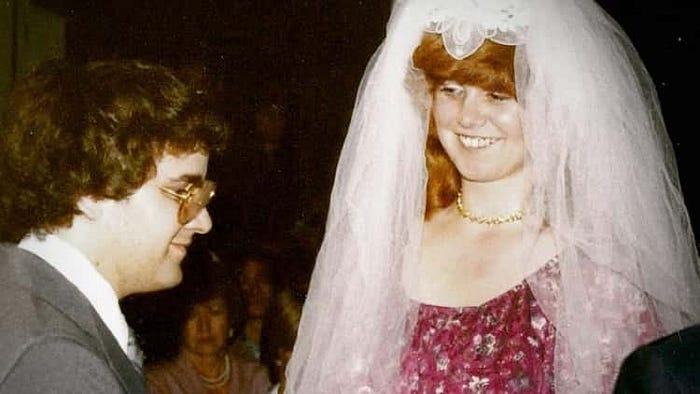
Newlyweds John and Linda Sohus vanished from their San Marino home. Years later, a backyard dig exposed a killing and a master deceiver.
John and Linda Sohus married on Halloween in 1983, a date that friends said suited their playful closeness. People who knew them called the pair inseparable and noted how easily they supported one another.
He worked part time in computing during a period when personal technology was just taking off. She was an emerging artist whose work had begun to attract encouragement from friends and mentors.
They shared a rambling San Marino house with John’s mother, Ruth “Didi” Sohus. The arrangement strained the young couple, a tension friends linked to Didi’s drinking and the loss of privacy.
They wanted their own space and a fresh start that would let them focus on work. That hope seemed to arrive when both mentioned promising job prospects in early 1985.
Linda told her friend Sue Coffman about a government opportunity that required confidentiality. She said details were limited and that both she and John needed to travel to New York.
They told relatives the trip would last two weeks and sounded optimistic about what might follow. On February 8, 1985, they left for the East Coast and were not seen alive again.
Disappearance
Weeks passed with no word, then a call reached Linda’s sister, Kathy, from a boarding kennel. Linda had prepaid for six cats to stay two weeks, and eight weeks had gone by without pickup.
Kathy immediately sensed trouble and began calling Didi for answers. Didi insisted the couple was on a secret mission and could not be reached directly.
Her account shifted from call to call, and the inconsistencies worried the family. Kathy attributed some of the confusion to Didi’s drinking and the stress that surrounded the house.
In April 1985, Linda’s family filed missing person reports, and detectives interviewed Didi. She repeated that John and Linda were on a secret assignment and said she had a “source.”
She refused at first to identify who that source was, which complicated the investigation. With no obvious evidence of foul play, police found their options limited in the short term.
Then postcards appeared and muddied the picture further. Three months after the couple vanished, Sue received a card from Paris that read, “Missed New York (oops),” and was signed as if by Linda.
Linda’s family received a separate postcard from France around the same time. Kathy doubted both notes, saying Linda would have been excited about Europe and would have told her beforehand.
Five months after the disappearance, Didi filed her own missing person report. She finally revealed that her source was a tenant named Christopher Chichester who had lived in the guest house.
Chichester had left suddenly without a forwarding address, and John’s pickup had vanished too. The combination of a missing tenant and a missing truck intensified the family’s fear.
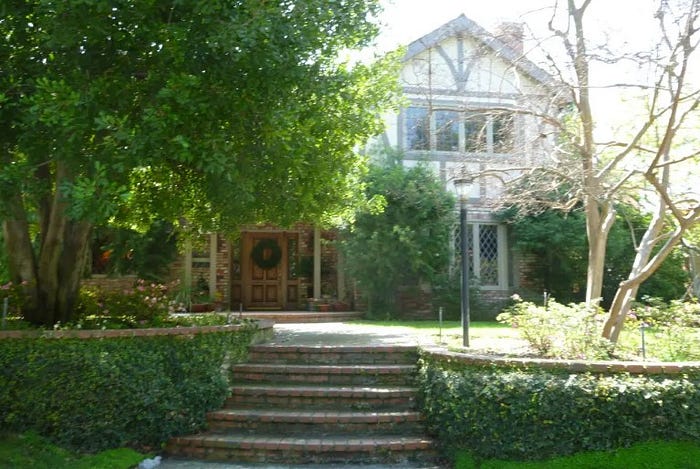
Didi’s health declined as the months dragged on without answers. She sold the San Marino property and moved to a trailer park owned by Don and Linda Wetherbee.
Chichester had introduced Didi to the Wetherbees, which seemed notable in hindsight. Soon after the house sale, forty thousand dollars was loaned to Linda Wetherbee.
Didi also changed her will, removing John and naming Linda Wetherbee as executor. Those decisions left relatives stunned and raised questions that would linger for years.
In 1988, three years after the couple disappeared, Didi died without learning what happened to them. The San Marino Police Department assigned Detective George Yankovich, and the case grew stranger with time.
A missing truck resurfaces
Detective Yankovich entered the VIN for John’s truck into a national database. The system flagged a match in Greenwich, Connecticut, three thousand miles away.
A man calling himself Christopher Crowe had tried to sell the pickup to a minister’s son. A lien blocked the registration, and the attempted sale drew attention from local police.
Investigators learned that Crowe and Chichester were the same person using different names. Before officers could question him about the missing couple, he disappeared again.
Years ticked by with leads that went nowhere and records that raised more questions. The truck’s cross-country journey hinted at a sophisticated deception that moved state to state.
The VIN hit kept the case on the radar of multiple departments. It would take time before a break came from an unexpected place.
A grim find in the yard
On May 5, 1994, workers excavating for a swimming pool at the former Sohus property uncovered human remains. The bones were cut into three sections and sealed in separate plastic bags.
One bag was from the University of California and another from the University of Wisconsin. The head had been placed in the University of Wisconsin bag, a detail that stood out immediately.
Investigators believed the remains were likely John’s, yet proof would be difficult. He had been adopted, dental records were missing, and there was no immediate DNA available.
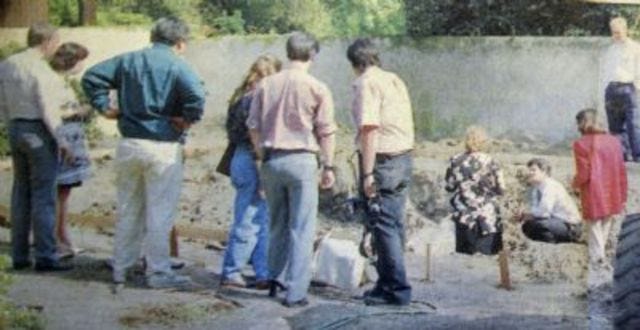
The condition of the bones suggested blunt force trauma and later dismemberment. Detectives now openly treated the discovery as homicide and reviewed the guest house.
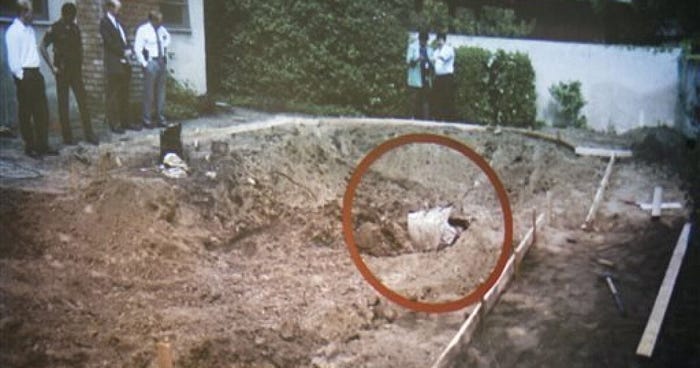
Luminol applied to the guest house concrete lit up brightly. The glow indicated significant blood had once soaked the surface and had been cleaned years earlier.
The discovery reframed every earlier clue that investigators had collected. The postcards, the guest house tenant, and the missing truck now seemed to align.
Neighbors recalled the property’s quiet routine and the periodic presence of the tenant. The backyard, now a crime scene, had kept its secret for nearly a decade.
Detectives traced the book bags to places linked with the suspect’s past. Those links would later become central to the narrative that prosecutors presented.
The man with many names
In 2008, twenty-three years after John and Linda vanished, authorities finally arrested a suspect. The man once known as Chichester and Crowe was living as Clark Rockefeller.
His legal name was Christian Karl Gerhartsreiter, a German national who had come to the United States as a student. He had not contacted family in Germany for more than two decades.
He spoke with an unusual accent and projected a confident command of many fields. Friends described a man who combined charm and certainty with elaborate personal stories.
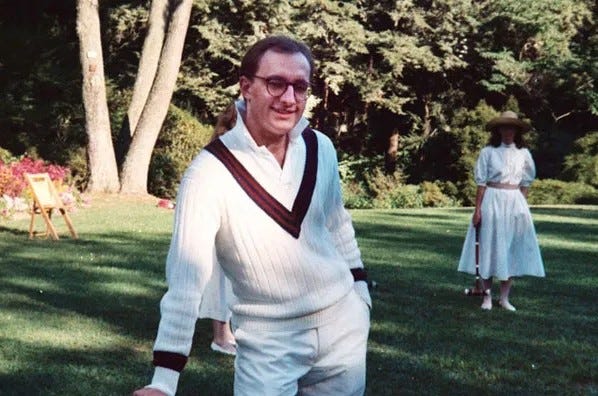
People who knew him as a boy said the habit of pretending started early. His mother was a homemaker and seamstress, and his father painted landscapes.
In New York, he met Sandra Boss at a costume party themed to the board game Clue. He dressed as Professor Plum, and she came as Miss Scarlet, which made for a memorable first impression.
He convinced his social circle that he was part of the Rockefeller family. Art world contacts recalled him showing Modernist works that seemed impressive at first glance.
Peggy Stone, an Upper East Side gallery owner, told The New York Times the paintings looked genuine and in line with Rockefeller taste. He fooled sophisticated observers, which strengthened the persona he built.
Boss built a distinguished career and became a partner at McKinsey. Her income paid for a Boston townhouse and properties in Cornish that expanded their lifestyle.
She graduated from Stanford and Harvard Business School and was widely respected. Her success gave him the resources and platform to perform the identity he had created.
The marriage unraveled in 2008 as the falsehoods came to light. Court records show he accepted eight hundred thousand dollars in a divorce settlement.
Boss has said she did not know he was an imposter during the marriage. She does not grant interviews and has kept her attention on raising their daughter.
Soon after, during supervised visitation, he shoved a social worker and fled with his daughter, Reigh. That abduction would become the thread that pulled at every earlier lie.
Police arrested him after the kidnapping and assault, and he received a five-year sentence. Even when confronted about the California case, he refused to cooperate.
Charges and a name for the bones
The California investigation continued as detectives sought ways to confirm the identity of the remains. In March 2011, they located John’s biological relatives and completed DNA testing.
On March 5, 2011, prosecutors charged Gerhartsreiter with murder. The case would be built largely through circumstantial evidence and careful timelines.
Detectives assembled a narrative that moved from San Marino to the East Coast. It connected a guest house tenant, a cross-country truck, and a staged set of postcards.
Witnesses filled in relationships, habits, and moments that helped the jury. The work of multiple departments over decades would now be tested in court.
Inside the courtroom
At trial, jurors saw photographs of the remains and heard about the luminol results. They studied timelines, aliases, and university connections tied to the plastic bags.
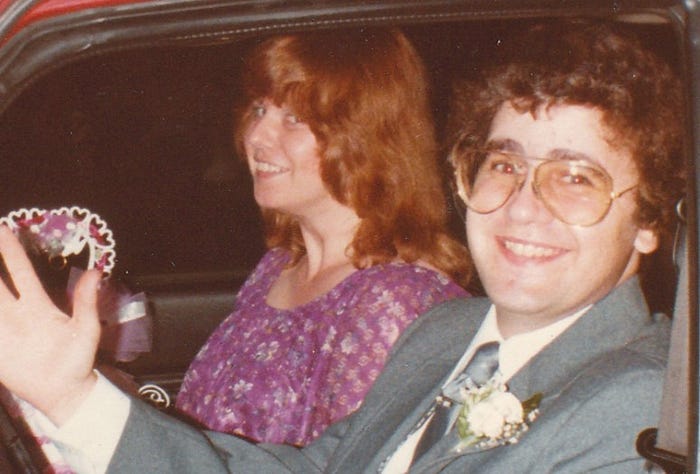
John’s close friend, Patrick Rayermann, testified about John’s reliability and temperament. He said John loved science fiction and math and would not disappear by choice.
Another witness, Judge William Stewart, knew the defendant from church in the early eighties. He testified that he loaned a chainsaw in 1985 and did not see it again for months.
Stewart recalled the reason given later, which involved a branch that scratched a window at night. He said the tool was returned in the same condition, which stood out to investigators.
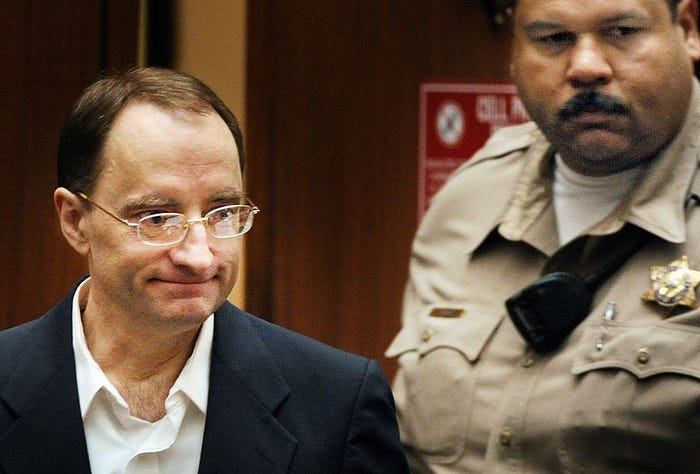
Prosecutors argued that Gerhartsreiter killed John and likely Linda to control Didi’s assets. They said the financial changes and the will supported a motive for violence.
The defense countered that Linda was a more plausible killer. Attorney Jeffrey Denner told jurors that the overall picture pointed toward her involvement.
Linda’s mother, Susan Mayfield, and sister, Kathleen Jacoby, rejected that claim. They testified that Linda was not violent and that they had never heard her argue with John.
The state called forty-five witnesses and introduced one hundred sixty pieces of evidence. Gerhartsreiter did not testify and proclaimed innocence through his attorneys.
Jurors heard that the bags with the remains matched universities connected to his past. He had attended the University of Wisconsin Milwaukee and later audited film classes at a University of California campus.
When the verdict came, he stood in a white shirt, blue blazer, gray pants, and slip-on shoes. The jury found him guilty of first-degree murder with a deadly weapon enhancement.
Juror accounts later described an early vote that leaned toward conviction. One juror told The Mercury News that the bags and blunt force evidence connected the case for most of them.
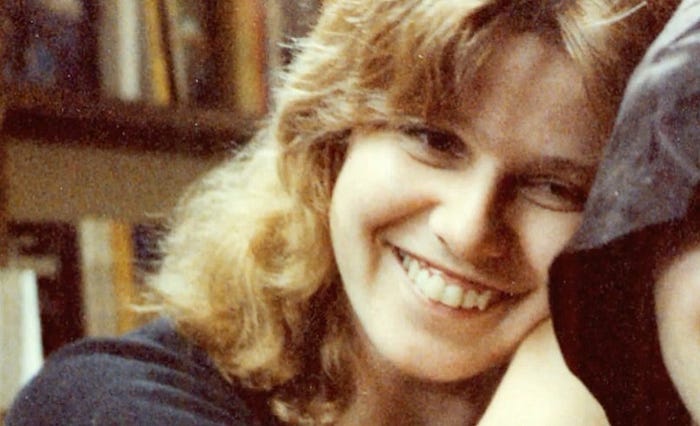
Another juror said he would have considered a deal to learn where Linda was. That question has haunted both families and remains the most painful loose end.
A possible motive emerged from a deathbed statement by Linda Wetherbee. She told police the couple had been killed as part of a financial scheme run by Gerhartsreiter.
After the verdict, he dismissed his Boston legal team and represented himself at sentencing. He asserted his innocence again and repeated his view that Linda killed John.
He moved for a new trial, arguing the evidence did not support the verdict. The judge denied the request, and the conviction stood without modification.
In 2013, the court sentenced him to twenty-seven years to life in San Quentin. His first chance at parole is scheduled for July 2028, pending standard review.
The California case officially lists Linda as missing, and her file remains open. Investigators and family members still hope that someone will share information that resolves her fate.




